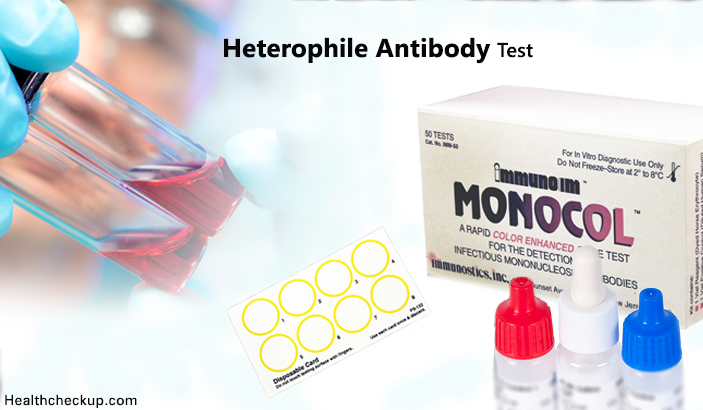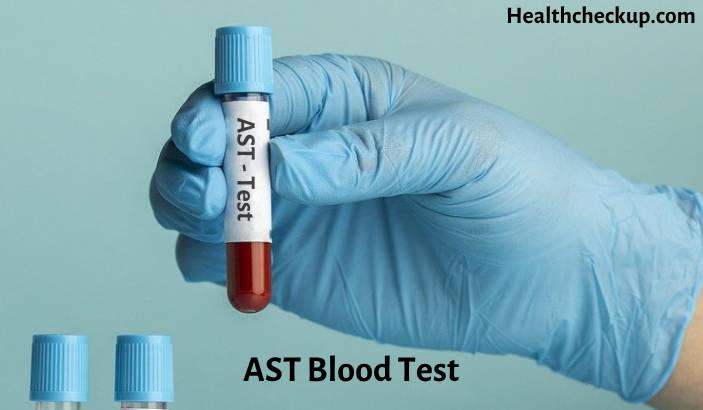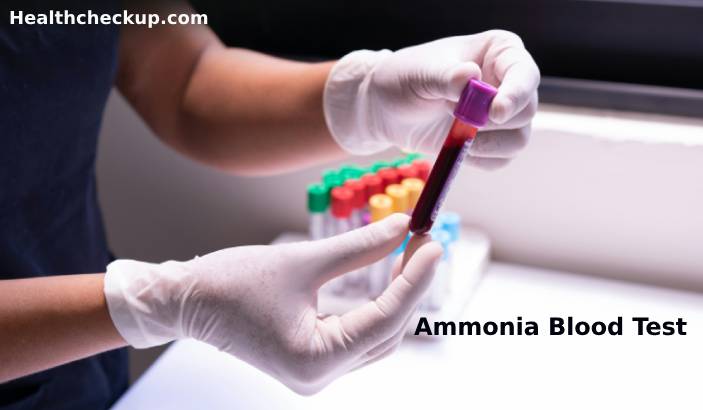The Heterophile Antibody Test is a rapid test which detects infectious mononucleosis that is caused by the Epstein Barr Virus (EBV). Originally, the test was developed in 1932 by Paul and Bunnell. After they observed that individuals with the Infectious Mononucleosis (IM) made antibodies (the heterophil antibodies) that were possible to agglutinate sheep RBCs. The test was later improved and it’s now used specifically for heterophile antibodies in the human immune system in relation to the EBV infection.
The Epstein Barr virus (EBV) that causes the infectious mononucleosis is one of the most common types of human viruses which occur worldwide. Often, many people are infected with EBV at sometimes in the course of their lives. For instance, around 90% of adults between 35- 40 years of age become infected with EBV in the United States.
According to a recent study, EBV infection commonly occurs during adolescence leading to infectious mononucleosis in about 35% to 90% of the infected individuals. It’s a prevalent virus which is mostly transmitted through saliva or close contact with the infected person.
The heterophile antibody test is actually red cells which detect cell antibodies formed as part of the polyclonal antibody response that occurs during an EBV infection. In young adulthood, the test has high sensitivity and specificity in the diagnosis of the primary EBV infection. However, in young children especially under the age of 4, the test has a low negative predictive value and a low sensitivity.
Importance of Heterophile Antibody Test
The heterophile antibody test aids in the diagnosis of the infectious mononucleosis. It checks your blood for certain antibodies that are responsible for fighting off any viral infection and not specifically to mononucleosis. The test however is not always accurate in young children and regularly it may take a few days to show any presence of the antibodies when the child begin to feel unwell.
When to take A Heterophile Antibody Test
The main goal of the heterophile antibody test is to reduce your symptoms and treat any health complication if any. You can get a heterophile antibody test if you observe fever, lymphadenopathy, and pharyngitis which last between 1- 4 weeks. This, however, will depend on the age of the patient. The test is recommended for confirmation. The test, however, may not be positive during the 4 to 6 days of the incubation duration before the start of the symptoms. Usually, the highest amount of the heterophile antibodies occurs between 2 to 5 weeks after the symptoms start to show.
Heterophile Antibody Test Procedure
The test mainly relies on the agglutination of the patient’s serum and the sheep RBCs. A sample of the patient’s serum is mixed with suspensions of Guinea Pig Kidney and ox red cell stroma. Also, suspensions of the horse red cells are added and mixed each time a drop of the adsorbed serum is added. The mixture is then left untouched for one minute. The mixture is then tested for the presence or the absence of the red cells agglutination.
Heterophile Antibody Test Results and Interpretation
The blood clumps agglutinate if the heterophile antibodies are present in the patient’s serum sample. This usually indicates that a mononucleosis infection is present. If agglutination is not present, then the test is negative for mono infection. The test is usually ready within one hour of testing.
A heterophile antibody test negative indicates that no heterophile antibodies that are detected. A heterophile antibody test positive indicates that heterophile antibodies were detected and that you probably have mono.
The heterophile antibody tests are cheap, rapid, and specific tests for infectious mononucleosis can be performed once symptoms start to show. The heterophile antibodies are also used to test for pregnancy where substances like the Human Chorionic Gonadotrophin (hCG) are used. Heterophile antibody pregnancy test, however, is not always true or accurate.
Medically Reviewed By

Catherine is a dedicated freelance health and science writer committed to excellence and professionalism. She specializes in health topics including diet and nutrition, immune-related diseases, surgery, and cancer.








